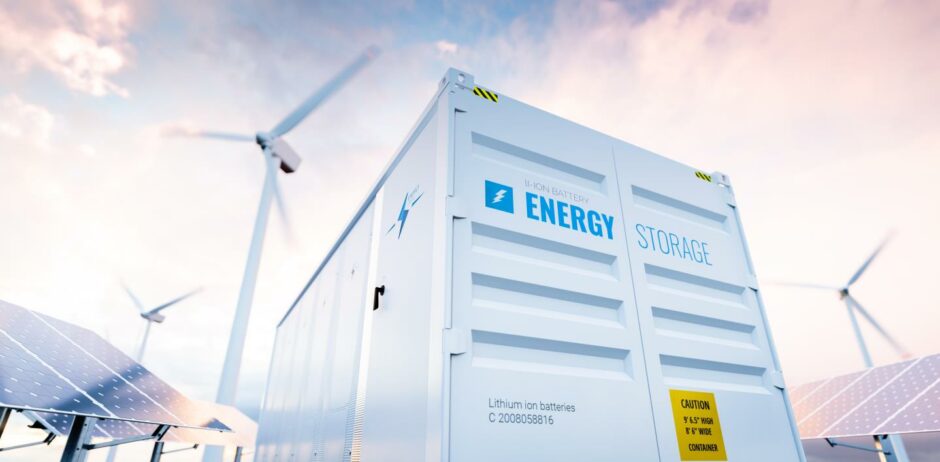
For how long will fossil fuel-generated electricity remain a critical part of our electrical systems? That is the question for those seeking to predict the pace of the global energy transition.
For jurisdictions that do not benefit from extensive hydroelectric power generation, or a taste for nuclear power, there is a point beyond which intermittent sources like wind and solar cannot grow without threatening system stability. The game-changer in this space will be the massive expansion of industrial-scale and distributed energy storage.
Many things will need to go right for energy storage to scale to this point. Nascent technologies still need to mature, but governments and industry have an important role to play as well. We explore this changing landscape below by considering key questions for energy regulators, and some of the commercial challenges in energy storage projects and transactions.
Regulatory
As utilities consider battery and other energy storage projects, there are a number of key questions facing utilities regulators. Resolving these issues will be critical for widespread adoption of energy storage solutions, especially in light of the potential for growth in battery storage solutions:
1. Regulatory Characterization
The first and most basic question is how to characterize energy storage facilities for regulatory purposes, which sometimes act as loads and at other times act as generators. This unique combination is hard to square with many existing tariffs and interconnection arrangements, resulting in a lack of clarity in their application and a potential need for updates to account for this emerging technology.
2. Effects on the Grid and Capital Project Requirements
In addition to ensuring adequate on-peak resources and reducing or eliminating the need for peaking facilities, energy storage can reduce costs to public utilities by deferring or avoiding the need for costly transmission and distribution upgrades. Energy storage may also have a role to play in supporting grid resilience, an issue that has received increased attention in recent years as a result of large outages caused by weather events.
3. Load Defection from Behind-the-Meter Storage
Energy storage at the consumer-level could result in significant changes to household usage patterns that may affect the economics of public utilities – and in extreme cases threaten their viability. Declining costs for solar power combined with behind-the meter energy storage could mean that grid-connected solar-plus-battery systems will be economic for many customers. One result of that development may be lower GHG emissions, but another would be a significant decline in energy sales for public utilities.
Commercial
As commercial teams work to develop and bring battery storage projects online there are a number of key issues driving project and deal risk that must be managed to ensure a successful transaction. Unique aspects of storage technologies mean traditional lending and contract models must be adapted.
1. Merchant Models and Revenue Stacking
Depending on the market, merchant Front-of-the-Meter storage typically has multiple revenue sources from grid balancing services and wholesale market arbitrage, rather than a single long-term power purchase agreement or electricity supply contract. This reduces the certainty of contracted revenue, making due diligence and cashflow modelling more complex.
2. Revenue Optimization
A complex revenue stack puts more emphasis on revenue optimization. Revenue optimisers are responsible for managing the storage and offer a range of services including market access, optimisation of market selection, submission of bid and offer pricing into a range of markets and the physical dispatch of the storage. For batteries, it is important that they not be incentivised to operate the battery in a way that negatively impacts its long-term degradation profile through cycling loss.
3. Debt Covenants
Revenue stacking also necessitates more flexibility for permitted uses of the asset in debt covenants than would typically be seen in infrastructure project finance facilities. This may complicate negotiation of standard form infrastructure debt documentation that has not been adapted for battery energy storage systems projects.
Conclusions
Energy storage holds much promise in unlocking the next phase of the energy transition and solving the intermittency challenge. Regulators and governments can play an important role in facilitating and supporting energy storage as a solution, but project and commercial teams have a role to play as well in resolving emerging issues. With the focus on the energy storage market right now, we expect a period of rapid change on the regulatory and commercial fronts. We’re certainly charged up about it!
Recommended for you
